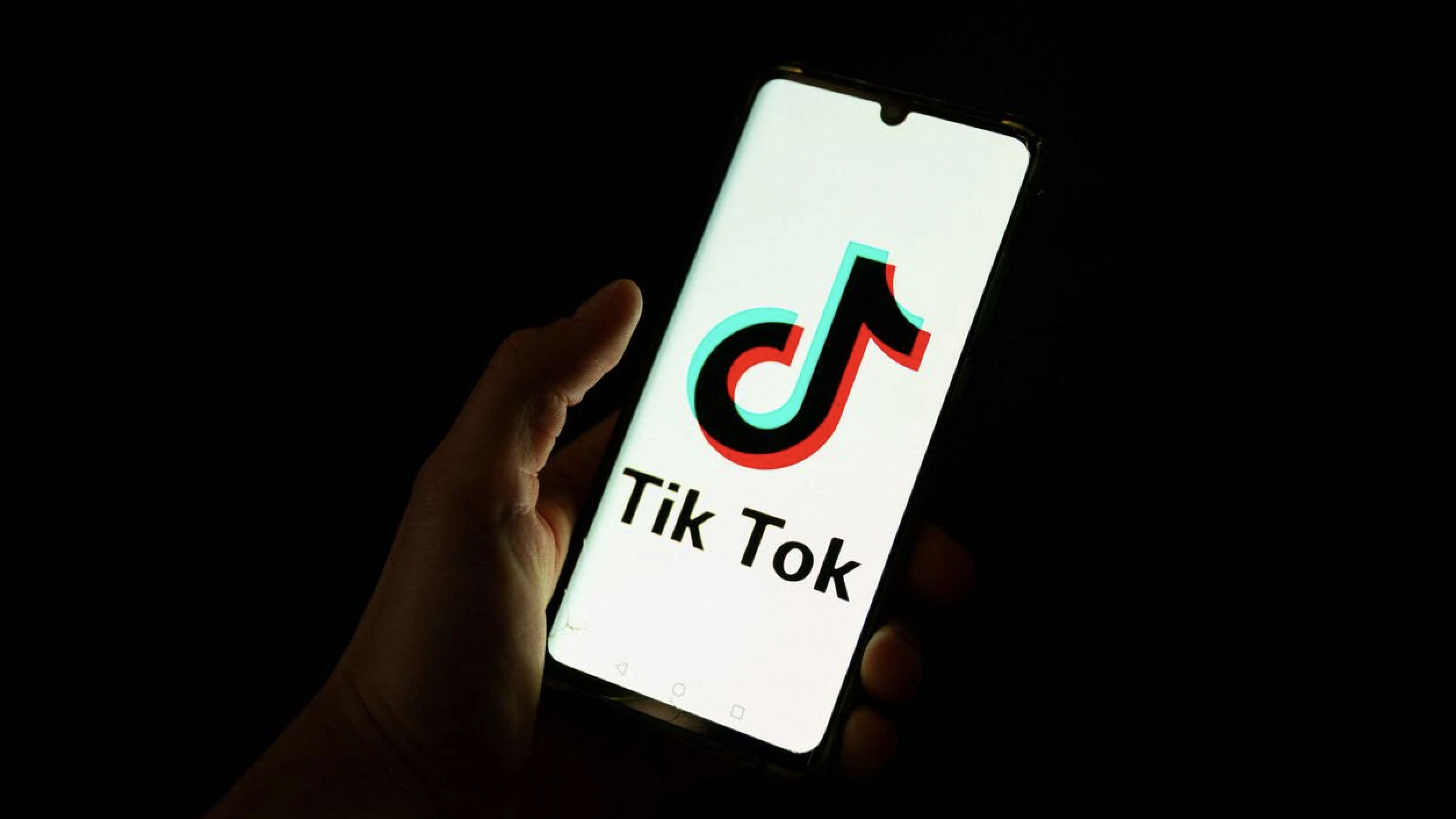TikTok is in crisis mode. The platform has warned it will “go dark” this weekend unless the outgoing Biden administration guarantees it won’t enforce an approaching federal law banning the app. This comes after the US Supreme Court unanimously upheld the legislation, requiring TikTok’s Chinese parent company, ByteDance, to sell its US operations due to national security concerns.
The court’s decision puts TikTok’s 170 million US users and the billions of dollars tied to the platform in limbo. While existing users may still access the app for now, updates and downloads for new users will stop, making the app unusable over time. In a statement late Friday, TikTok didn’t hold back: “Unless the Biden Administration immediately provides a definitive statement… TikTok will be forced to go dark on 19 January.”
Trump takes the stage
Incoming President Donald Trump is stepping into the middle of this mess. While he’s been vocal about TikTok’s potential security risks in the past, Trump has hinted he might negotiate a solution. Adding to the drama, Trump revealed that TikTok was a topic during a conversation with Chinese President Xi Jinping.
But let’s not forget the bipartisan frustration here. Lawmakers are pointing fingers at ByteDance for not finding a buyer sooner, while Biden’s administration is leaving enforcement of the law to Trump, dodging the responsibility in its final days.
What happens to all that ad money?
If TikTok does “go dark,” we’re talking about a huge shift in the advertising world. The platform pulled in an estimated US$12.34 billion in US ad revenue last year. If it loses 50–70% of that, between US$6.17 billion and US$8.64 billion could be redistributed.
Meta (the parent company of Facebook and Instagram) is likely rubbing its hands together. eMarketer predicts Meta could pocket an extra US$2.46 billion to US$3.38 billion if TikTok disappears. YouTube and Snapchat aren’t far behind in the race to grab those ad dollars.
And here’s the kicker: TikTok’s US users spend nearly an hour on the app each day. If that time suddenly frees up, competitors like Instagram and YouTube will be ready to pounce.
Where will creators go?
For TikTok creators, this isn’t just business, it’s personal. The app’s algorithm has been a game-changer, helping creators and brands build loyal audiences. But with uncertainty hanging over TikTok, many are looking for new homes.
Chinese-owned platforms like Xiaohongshu (RedNote) and Lemon8 are seeing a spike in downloads. Still, they come with challenges, RedNote’s Mandarin-heavy interface, for example, isn’t the most user-friendly for Western audiences.
“This should be a wake-up call to brands not to rely too heavily on any one platform,” said Danielle Dullaghan, social strategy director at Iris. James Poulter from House 337 added: “The brands and creators who thrive in uncertain times are the ones who prepare for the unexpected,” both told Business Insider.
What does this mean for Australia?
Here in Australia, TikTok’s 8.5 million users have turned it into a cornerstone of content and advertising. If the US ban proceeds, it could push Aussie advertisers to rethink their reliance on the platform.
Craig Singleton, a China expert at the Foundation for Defence of Democracies, says this isn’t just about TikTok: “Beijing isn’t just building apps; it’s shaping global narratives and influence.”
With brands like Nike and McDonald’s betting big on TikTok’s audience, a ban in the US could have pretty considerable ripple effects globally, forcing marketers everywhere to diversify their strategies. How are you and your teams preparing?
